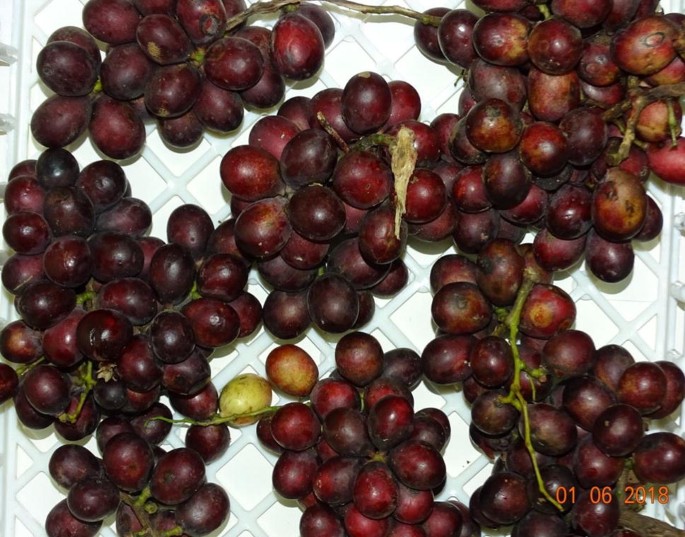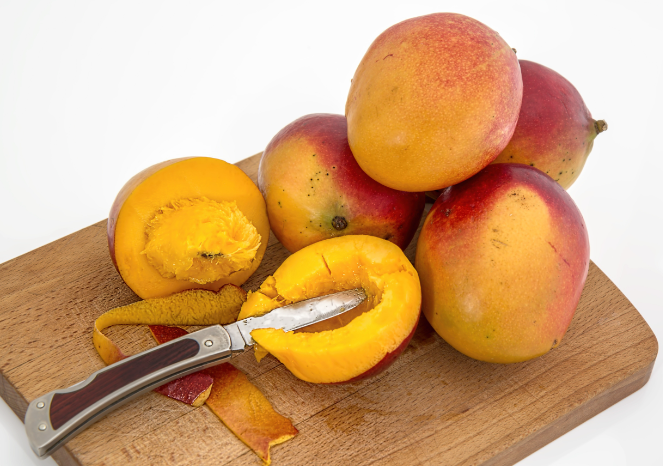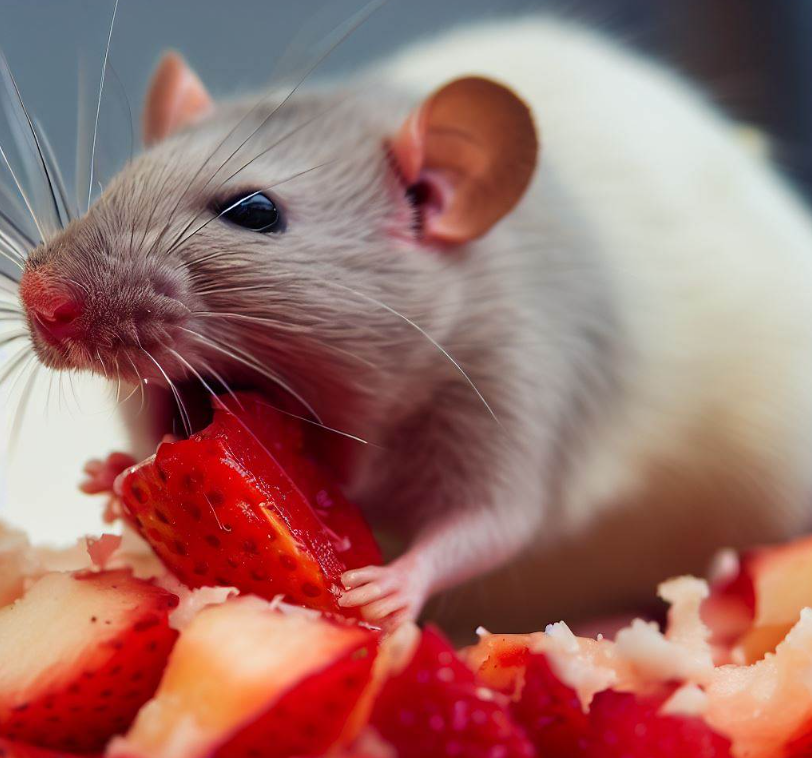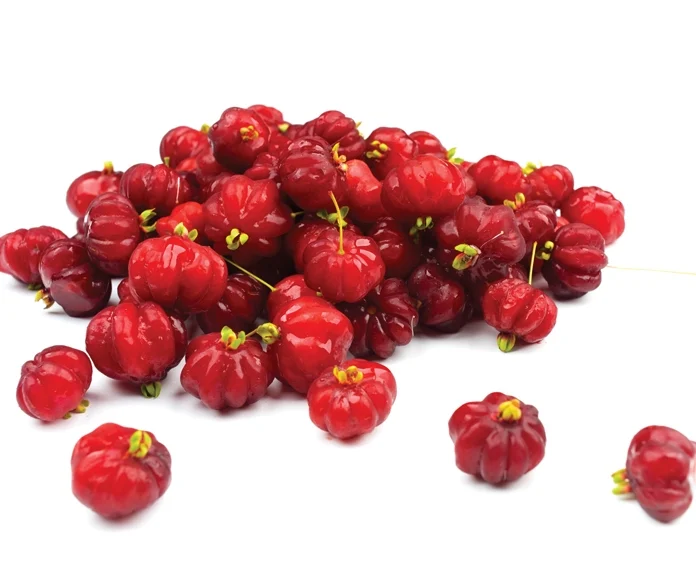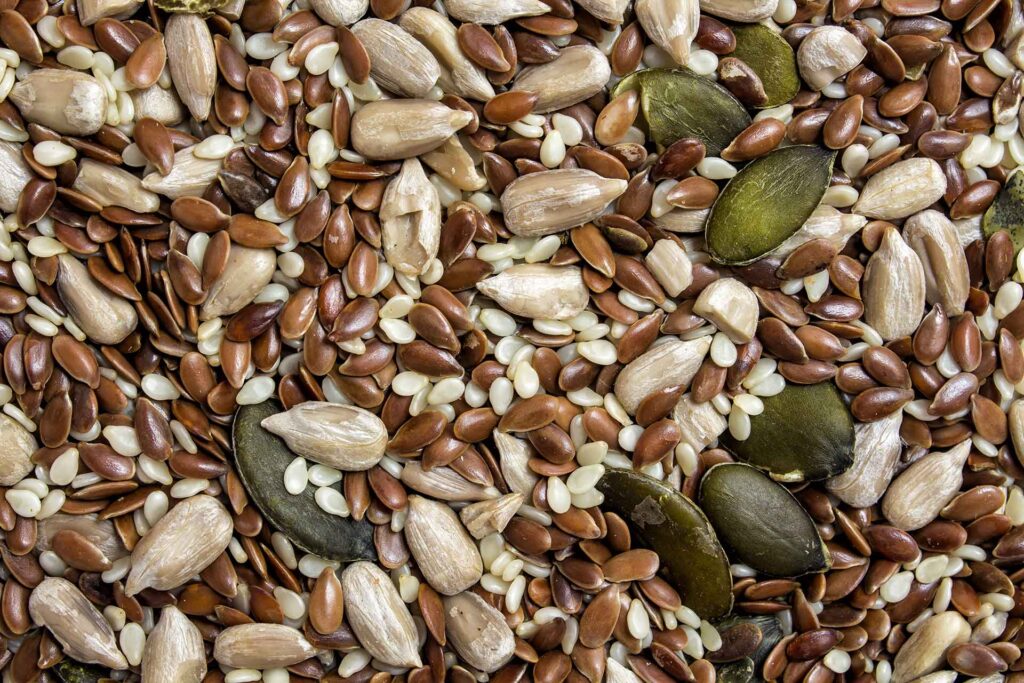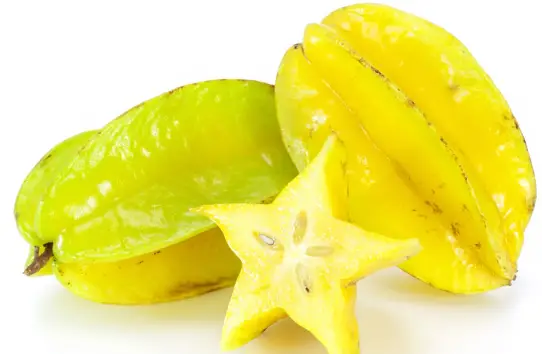Dragon fruit, also known as pitaya, is a colorful and attention-grabbing fruit that has become quite popular. It’s known for its bright colors and unique look.
If you have a cat, you might wonder whether it’s okay for them to try some of this interesting fruit. In this article, we’re going to talk about whether it’s safe for cats to eat dragon fruit, what good things it might do for them, and any things you should watch out for.
Table of Contents
- What’s in Dragon Fruit?
- Is Dragon Fruit Okay for Cats to Eat?
- Why Dragon Fruit Might Be Good for Your Cat
- 1. Full of Antioxidants
- 2. Keeps Them Hydrated and Aids Digestion
- 3. Helps Their Skin and Fur Look Nice
- What to Watch Out For
- 1. Possible Allergies
- 2. Stomach Problems
- 3. A Little Goes a Long Way
- How to Give Your Cat Dragon Fruit
- 1. Get the Fruit Ready
- 2. Watch the Amount and How Often
- Signs Your Cat Might Not Like Dragon Fruit
- In Conclusion
What’s in Dragon Fruit?
Besides looking cool, dragon fruit has a lot of good stuff inside that’s healthy for people. It’s full of vitamins C and E and has lots of fiber too.
It also has antioxidants, which are nutrients that help keep us feeling good. But it’s worth remembering that cats don’t need the same nutrients as people do.
Is Dragon Fruit Okay for Cats to Eat?
Yes, your cat can have a bit of dragon fruit as a treat. Just like with any new food, you should start with a small amount and see how your cat reacts. If they don’t have any stomach problems after trying it, they can have a little bit every now and then.
Dragon fruit isn’t poisonous for cats, and a little won’t hurt them. But it’s always important to think about your cat’s own diet needs and if they’re sensitive to certain foods.
Why Dragon Fruit Might Be Good for Your Cat
Even though dragon fruit isn’t a regular cat food, there are a few reasons why giving them a small piece every once in a while might be helpful:
1. Full of Antioxidants
Dragon fruit has vitamins and other antioxidants that can fight off harmful particles in the body. This could help keep your cat’s immune system strong and protect their cells.
2. Keeps Them Hydrated and Aids Digestion
This fruit has a lot of water in it, which can help your cat stay hydrated. Staying hydrated is super important for a cat’s health. Fiber in the fruit can also help keep your cat’s digestion regular and prevent them from getting constipated.
3. Helps Their Skin and Fur Look Nice
Vitamin C in dragon fruit is important for making collagen, which helps keep your cat’s skin healthy and their fur shiny. A little dragon fruit might just make your cat look even more beautiful.
What to Watch Out For
Feeding your cat dragon fruit can be a nice treat, but there are a couple of things to be careful about:
1. Possible Allergies
Just like people, cats can be allergic to certain foods. If you give your cat dragon fruit, keep an eye on them to see how they react. Watch for itching, swelling, stomach trouble, or anything else unusual. If you see any of these signs, you should stop giving them the fruit right away.
2. Stomach Problems
New foods can upset a cat’s stomach, and this includes dragon fruit. If your cat starts to have diarrhea or throws up, it might be because the fruit doesn’t agree with them or they ate too much. Always start with a little piece and take it slow.
3. A Little Goes a Long Way
Remember, dragon fruit is just a treat and shouldn’t be a big part of your cat’s diet. Cats need a special diet that’s mostly made of meat, so treats should be just a small part of what they eat.
How to Give Your Cat Dragon Fruit
If you decide you want to let your cat try dragon fruit, here’s how you can do it safely:
1. Get the Fruit Ready
Peel the skin off the dragon fruit and take out any seeds. Chop it up into small pieces that will be easy for your cat to nibble on.
2. Watch the Amount and How Often
Start by giving your cat just a little bit of the fruit as a snack. Keep an eye on how they react, and don’t give it to them too often. It’s best to keep treats like dragon fruit to less than 10% of what your cat eats overall.
Signs Your Cat Might Not Like Dragon Fruit
After your cat tries dragon fruit, watch out for signs that it’s not right for them, such as:
- Being sick (vomiting)
- Having a tummy upset (diarrhea)
- Feeling tired (lethargy)
- Not wanting to eat (loss of appetite)
If you see any of these problems or if your cat acts differently, you should stop giving them the fruit because these might be signs of an allergy.
In Conclusion
While dragon fruit is safe for cats, it’s a special treat and not something they should have a lot of. Cats are carnivores and need food that gives them what they need from meat. Some dragon fruit can be healthy for its water and antioxidants, but it’s not a substitute for a good cat diet.
If you decide to give your cat dragon fruit, just make sure to see how they handle it and watch for any bad reactions. The key to keeping your cat healthy and happy is giving them a variety of foods in the right amounts.



